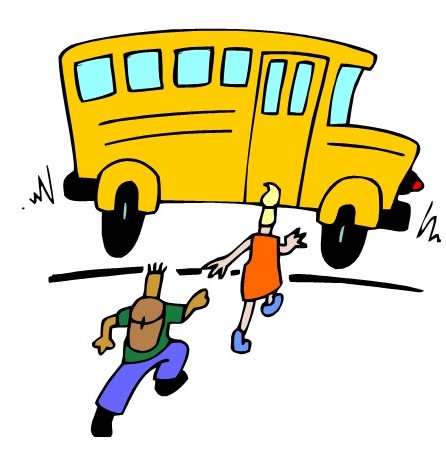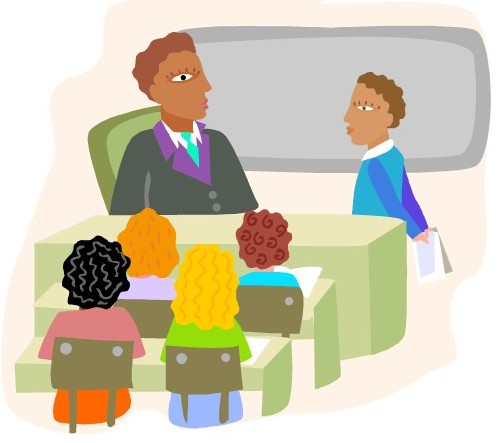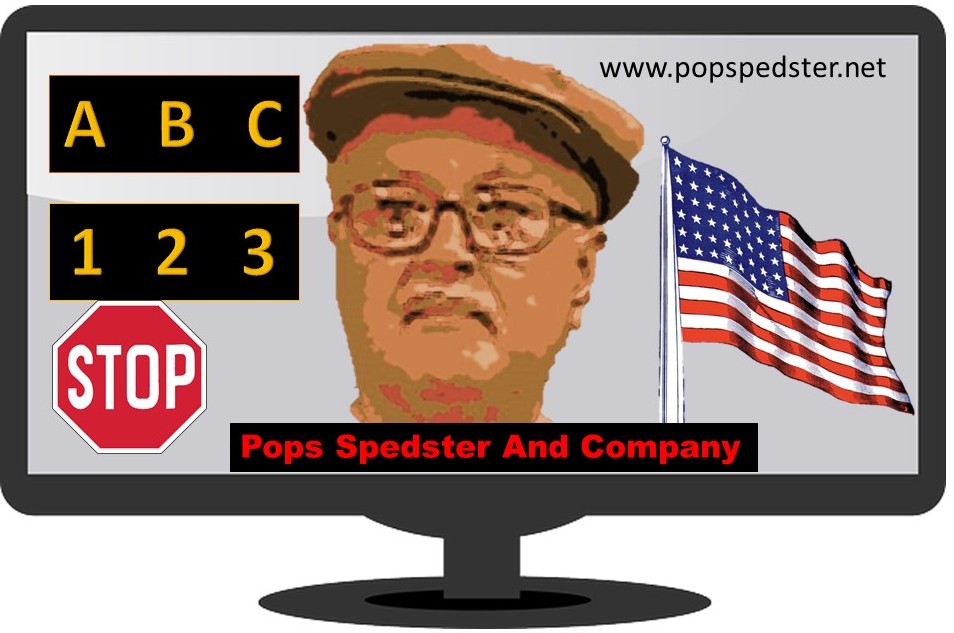
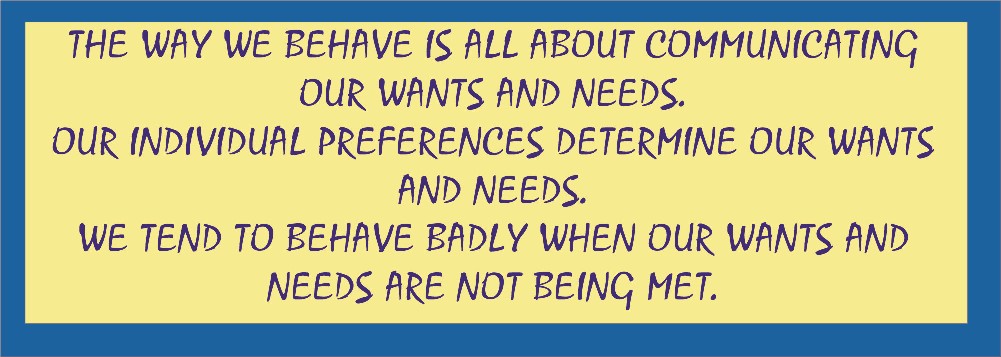
|
Welcome to Pops Spedster And Company's Home Page,where special education students, teachers, parents/caregivers and home schoolers will find instructional materials for students with intellectual impairments, which are also appropriate charter school materials in regular education classes. Some ELL students might also benefit from the materials being offered on this site. |
||||
|

|
PARENTS/CAREGIVERS HOME PAGE

![]()
Parents and caregivers of students with developmentally-determined varying abilities (DDVAs) often feel minimized by an educational system that is driven by legal terminology and by professionals who may not have the time to educate parents/caregivers about the IDEA statute. Often, IEP meetings are held without the professional team's having carefully consulted with parents/caregivers.
This section of the Pops Spedster web site deals with providing lessons and models for parents to learn about the law and about their rights under the statute. One book that we suggest discusses all aspects of the IDEA statute and can be found on Amazon. Mitchell Yell's "The Law and Special Education" is often used as a textbook in graduate level classes.
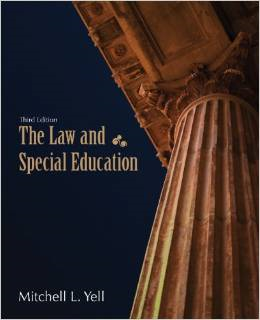
![]()

DEVELOPMENTALLY APPROPRIATE INSTRUCTION
The instructional ideas that we are discussing on this site are called "developmentally appropriate". That is, this system of instruction uses a developmental survey/probe to determine where a student is in terms of the students developmental ability level. Generally speaking, public school systems tend to be driven by instructional concepts that address grade level standards.
For students with varying ability levels (VALs), a grade level survey/probe tends to be meaningless. Students with VALs often do not exceed the developmental level attained by the average six year old. Often, the student with VALs tends to learn on the level of the average four year old. Often also, the student with VALs tends to respond to behavior inderventions on that same developmental level.
The typical public school system is most likely being driven by each state's Common Core Curriculum. This is a system of instructional standards/goals that address the needs of the typically developing student with no developmentally-determined factors that might qualify that student for Special Education Services under the IDEA statute.
The typically developing student (TDS) succeeds in all regular education classrooms without any modification of instruction and without any accommodations being needed for that TDS's success in the regular education classroom.
One concept that parents and caregivers often misunderstand about the laws relating to special education is that the modifications and accommodations required by students who qualify for special education services have only one purpose - to give the student with VALs access to the regular education curriculum.
No school district (called Local Education Agencies or LEAs under the IDEA law), has a duty to provide special education modifications and/or accommodations to any student with VALs unless it can be shown that providing such items with increase that student's access to the general education curriculum/classroom. That general/regular education classroom is assumed to be the Least Restrictive Environment (LRE) for teaching the student with VALs as required by the IDEA law.
If the law requires the student with VALs to be taught in that LRE, why do so many students with VALs spend so much time in self-contained classrooms? If the typically developing tenth grade student is required to show mastery of algebra concepts after receiving typical math instruction in a regular education classroom, how can a student with VALs and a developmental age of 4 years be successfully included in that regular education algebra class without becoming frustrated by an inability to comprehend the abstract concepts taught in that class?
The legal answer to that question is called COLLABORATION!
The IDEA statute requires that a multi-disciplinary team composed of special educators, related service providers, a school administrator, the parents/caregivers and (after age 14) the student with VALs, they all meet annually or more often as needed, to collaborate and to thereby design an Individualized Education Plan (IEP) for that specific student. That IEP becomes a legally binding contract that informs professionals about the educational needs of that student with VALs and guides the professionals in designing individualized instruction tools for that student's gaining better access to the regular education system.
The fact that parents/caregivers are required to participate in the process suggests important aspects of instruction often only parents and caregivers know about the student. Often, these aspects consist of knowledge about the student's individual preferences (likes and dislikes).
Some special education teachers will even go the extra mile beyond the law and hold Person-Centered Planning meetings that include all of the collaborative stakeholders before the annual IEP meeting. The general purpose of such meetings is to map out a visual futures plan for the student that considers what works and what does not work for that student.
By now, many of the parents/caregivers have asked the question, "Why doesn't my student's school system work like the law requires?" Chances are that it does follow the IDEA, but only to the extent that parents and caregivers either have or have not filed a complaint of noncompliance with whatever state agency is charged with the federal responsibility of providing for the "due process" of hearing each complaint (a legal process similar to suing the school district for breach of contract).
Often, the typical school district has already experienced due process hearings and has factored in the cost of these hearings. Often, a school district's special education program is driven by its experience with that process. Such a school district's special education program may be driven by these issues - what are the chances that a parent/caregiver will file a complaint; what are our chances or defending our system and what will it cost us?
These are all factors about which the typical parents/caregivers of students with VALs should be aware and should be considered when attending IEP meetings.
The purpose of this section of the Pops Spedster site to educate about the IDEA statute and to give parents/caregivers the tools needed to successfully plan for their student's success in the public school system.
Next, here is a 5 minute presentation from You Tube that discusses effective learning and teaching principles.
![]()
THESE NAVIGATION BUTTONS TO GO RESOURCES ON OTHER PAGES ON THIS SITE.
